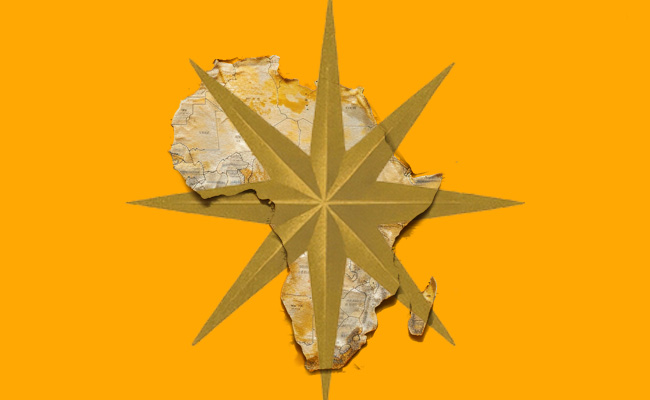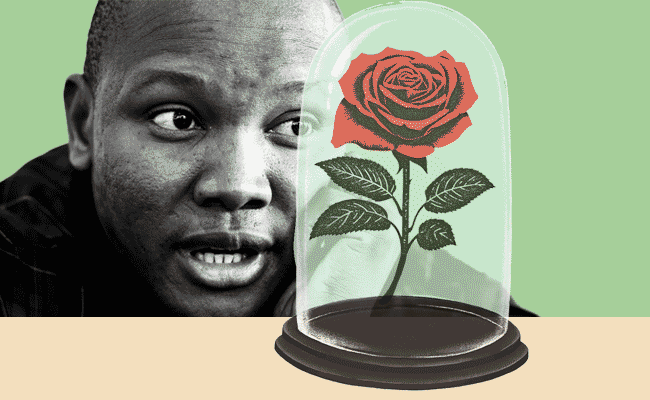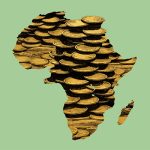In 2025, in an uncertain world, gold surged more than 40%, signalling heightened levels of global anxiety. Policy uncertainty abounds, and as paradigms shift, investors are clinging to certainty, often in the form of precious metals. Africa, too, is navigating this volatility, and this week Rand Merchant Bank (RMB) launched its Where to Invest in Africa 2025/26 (WTIIA) report, developed with economics and strategy consultancy Boundless World.
This year’s theme, “From Aid to Investment and Trade”, marks a decisive pivot. As RMB chief economist Isaah Mhlanga noted: “Political reform, demographic momentum, and private sector innovation are reshaping growth across the continent.”
Africa is no longer a passive recipient of aid; it’s positioning itself as a reform-driven, opportunity-rich investment destination.
At the launch, Adrian Saville, professor of economics, finance and strategy at the Gordon Institute of Business Science, framed the report against a backdrop of global political upheaval. The UN dubbed 2024 “the biggest election year in human history”, and its ripple effects continue. From the historic elections of first female presidents Claudia Sheinbaum in Mexico and Sanae Takaichi in Japan, to leadership changes in Botswana and the US, voters expressed themselves at the ballot box.
Of the 60 countries that held national elections in 2024, more than half saw a change in government, leadership or inconclusive results, like South Africa’s government of national unity. Botswana’s ruling party was ousted after 58 years. Election-driven mass action has come to Cameroon, facing violent protests over the re-election of 92-year-old Paul Biya, while Tanzania has imposed curfews and internet blackouts amid youth-led demonstrations against disputed election processes.
Saville noted that these shifts aren’t just political; “these are not changes in voting, but changes in demographics”, he said. With Africa’s median age at just 19, the continent’s political future will increasingly be shaped by its youth.
Building economic resilience
Against this turbulent backdrop, the WTIIA report evaluates 31 African economies representing 90% of the continent’s GDP, 83% of its population and 61% of its land mass. The index is built on 20 metrics across four pillars: economic performance, market accessibility, investment climate and human development. Weightings reflect the relative importance of each factor.
This edition of the WTIIA report goes beyond commentary and provides tools for policymakers and investors. RMB’s Mhlanga notes that a core theme for building economic resilience at the country level is export diversification. RMB introduces three policy tools: an export potential model, a growth model and a currency valuation framework. These assess untapped export capacity, long-term investment trends and currency robustness, offering policymakers and investors a sharper lens on resilience and opportunity.
The top five countries – Seychelles, Mauritius, Egypt, South Africa and Morocco – remain unchanged. Scaling the ladder is reform-driven Côte d’Ivoire, which made the biggest leap, climbing from 16th to eighth place, this despite a 25% drop in cocoa output. The country is shifting from raw exports to domestic processing of cocoa and cashews, and has made infrastructural strides in this regard, attracting substantial FDI. In addition to this, recent hydrocarbon discoveries are expected to triple national oil production by 2027.
At the other end of the scale, Zimbabwe stayed at bottom of the log at 31st position, weighed down by 92% inflation and a 15% drop in agricultural output due to drought. Nigeria saw the steepest fall, plunging from eighth to 19th position, despite a 35% nominal GDP boost from recent economic rebasing. Bold reforms, like collapsing multiple exchange-rate regimes into a single market-driven rate, have triggered short-term pain but should yield long-term gains. The report reflects the most reliable Nigerian data, available as of August 2025.
As traditional aid models fade, the continent has a rare opportunity to chart its own course – through private sector investment, regional integration and trade partnerships.
The global geopolitical environment offers Africa the opportunity to shape its destiny differently, and this is something that should be seized with both hands. Africa’s young, ambitious population is its greatest asset, and as traditional aid models recede, African nations should deliberately embrace private sector investment, regional integration, and trade partnerships as engines of growth.
Top image: Rawpixel/Currency collage.
Sign up to Currency’s weekly newsletters to receive your own bulletin of weekday news and weekend treats. Register here.













